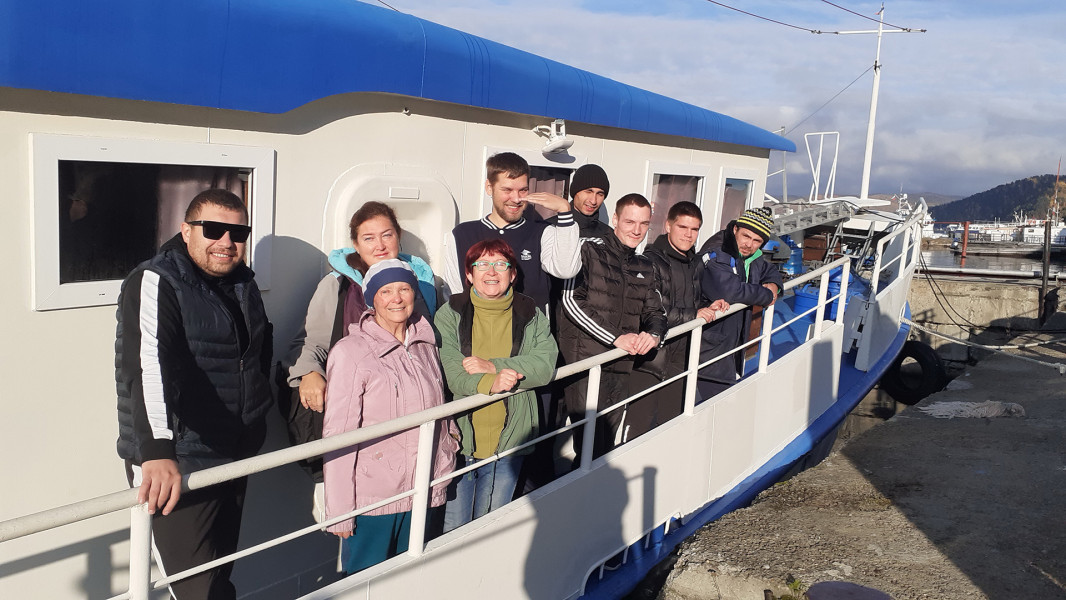Expedition on the R/V “Papanin” on September 19-30, 2024
On September 19-30, 2024, field work was carried out on the R/V “Papanin” to study the ecological state of the coastal zone of Lake Baikal within the State Assignments “Study of transformations of the state of water bodies and watercourses of Eastern Siberia in seasonal and long-term aspects in the context of climate change, geological environment and anthropogenic loads” (0279-2021-0005) (led by A.P. Fedotov) and “Study of the role of atmospheric precipitation on aquatic and terrestrial ecosystems of the Lake Baikal basin, identification of sources of atmospheric pollution” (0279-2021-0014) (led by Khodzher T.V.).
The objectives of the expedition included: study of hydrochemical parameters of the shallow-water zone of the lake, distribution of phyto-, zooplankton, and zoobenthos at 53 stations with depths up to 50 m, and at three pelagic stations.
The average sampling step along the Baikal perimeter was every 30-50 km. Plankton samples were collected using a bathometer, an Apstein net, and a Juday net. Zoobenthos samples were taken at 9 stations of depths from 5 to 30 m using a hydrobiological net during diving operations. The concentration of atmospheric mercury in the near-water layer of Lake Baikal was measured along the course of the vessel using a mercury analyzer “RA-915M”.
The phytoplankton of the lake was dominated by algae of the genus Dinobryon, Asterionella formosa and Ceratium hirundinella. The average concentration of atmospheric mercury was 1.05 ng/m³. The minimum and maximum mercury concentration in the Baikal near-water layer was 0.50 and 2.40 ng/m³, respectively. We measured the concentration of mercury in the near-water layer of thermal waters in Khakusy thermal springs to investigate mercury emanation. The maximum concentration was 21 ng/m³, confirming the mercury emanation.




















